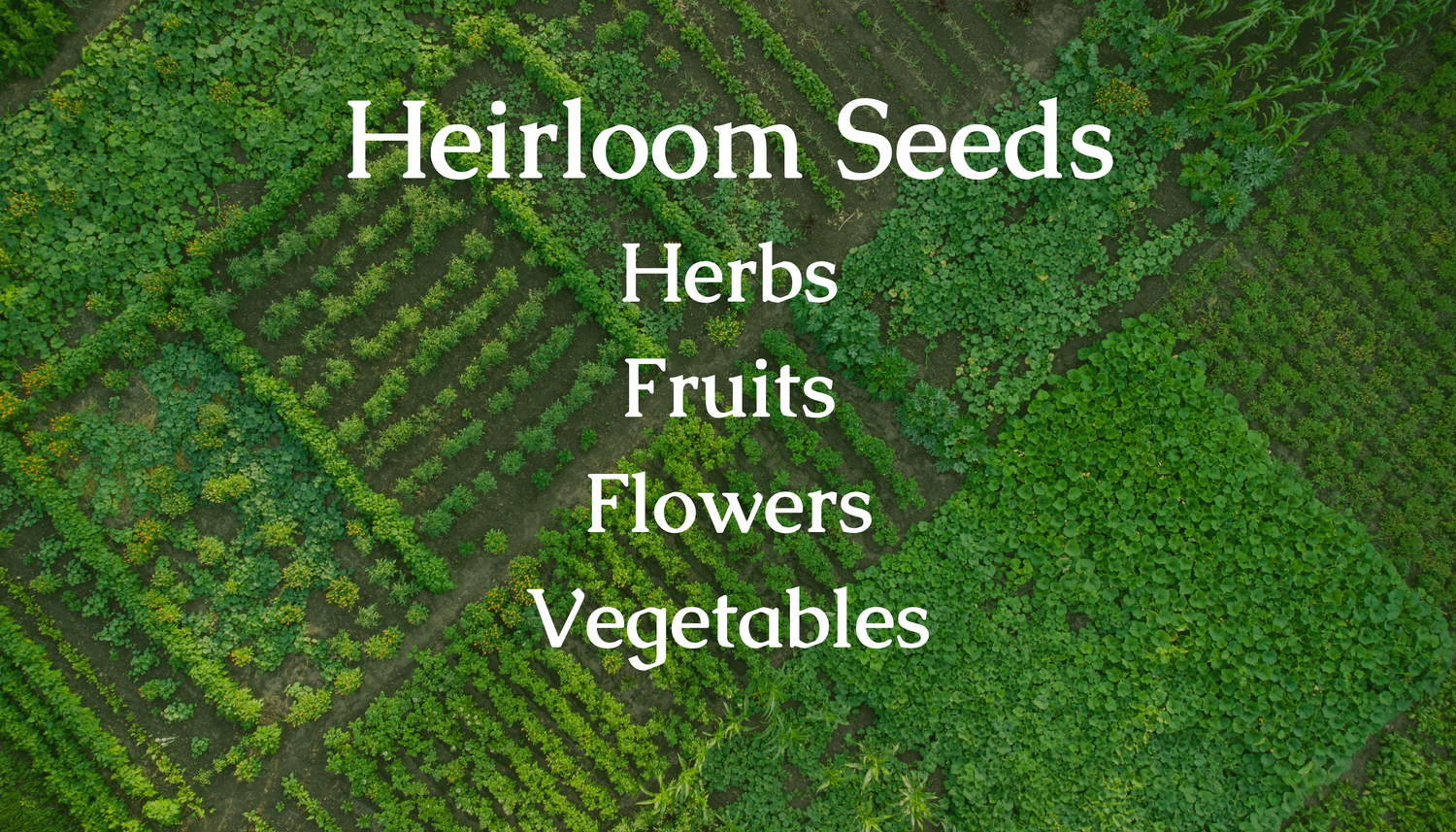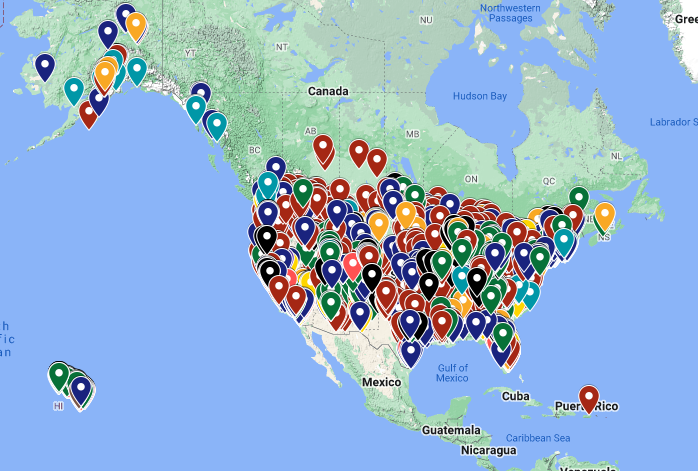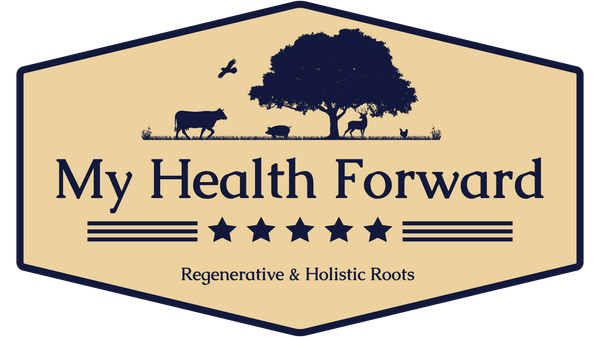Is cinnamon liver toxic?
Subscribe to My Health Forward
Published August 28th, 2024.
Ceylon cinnamon and Chinese Cassia are the safest cinnamon to consume.
All types of cinnamon contain varying amounts of a compound called coumarin, which health agencies claim can be liver toxic in large doses.
There are two main types of cinnamon, ceylon, or true cinnamon, and cassia. The three popular varieties of cassia are Chinese, Saigon, and Burmannii. Around 90% of the cinnamon imported to the US is Burmannii, which is also called Korintje, even though it will only say cinnamon or cassia cinnamon on the label.
Health agencies claim coumarin is toxic because rats and mice metabolize coumarin and break it down into (o-HPA) and (o-HPAA) which are liver toxic. Humans on the other hand rely on the CYP2A6 enzyme to largely metabolize coumarin into 7-HC which is not toxic to us. Long term clinical studies gave sick patients doses of coumarin ranging from 50-400 mg and only a very small portion experienced any impact on their liver function. The scientists concluded that a small portion of humans could have CYP2A6 enzyme polymorphisms that make them more sensitive to consuming large amounts of the compound in cinnamon called coumarin. There isn’t any research I could find that consuming more coumarin than .1mg/kg of body weight per day poses any risk to the general population. One Japanese study gave 76% of patients coumarin values from cinnamon over the tolerable daily intake of .1mg/kg but no cases of abnormal liver function caused by cinnamon bark were observed.
What kind of cinnamon is safe for the general population and how much can you consume?
Saigon and burmannii contain over 200x the amount of coumarin as in ceylon and over 20x the amount of coumarin as in chinese cassia. Based on my calculations of available data from the journal of agriculture and food chemistry, on average the overall amount of coumarin in burmannii is .45% of the cinnamon’s weight and in Saigon it’s .4% of the weight, compared to 0.02% in chinese cassia and 0.0017% in ceylon.
The European Food Safety Authority established that you can safely consume .1mg of coumarin per kilogram of body weight. This means a 150 pound person could safely consume 6.8 milligrams of coumarin. If we say that a teaspoon of cinnamon weighs 2.6 grams and a tablespoon of cinnamon weighs 7.8 grams, then a 150 pound person could only consume the following amounts of cinnamon per day to be within the health agencies guidelines.
- 1/2 a half teaspoon of saigon.
- 3/4 of a teaspoon of burmannii.
- 4 1/2 tablespoons of chinese cassia.
- 57 tablespoons of ceylon.
Based on this data, you should look for chinese cassia or ceylon. Ceylon contains: the least coumarin and the most antioxidants but is more expensive and has a milder taste. Chinese Cassia also has low coumarin content and is less expensive and has a stronger taste. However, it doesn’t have quite as many antioxidants as ceylon cinnamon.

Browse My Heirloom Seeds
I carry over 120 varieties of heirloom seed packets that are open-pollinated, non-gmo, pesticide-free, and breed true to type. Growing your own produce provides you with continual access to healthy and nutritious food.

Find Local Farms
Find farms near you using my map with over 5,200 local farms, ranches, markets, and stands across the country.
